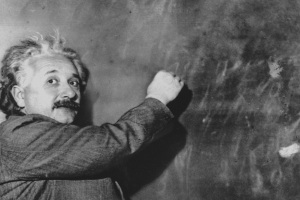Dieser Beitrag ist auch verfügbar auf:
Deutsch
Our sleep is not evenly distributed throughout the night. In a cycle of about 90 minutes, we experience five stages: the stage of falling asleep, the stage of light sleep, the stage of transition to deep sleep, the stage of deep sleep, and the stage of rapid eye movement (REM).
Depending on the time of day, the duration of each phase varies: While we have longer periods of deep sleep at the beginning of the night, the duration of REM sleep increases in the morning hours as the body prepares to wake up. Researchers in sleep laboratories can measure the stage of sleep based on brain activity. During REM, brain activity is high, which is why we dream so vividly.
Whether we remember it or not depends on the stage we wake up in. If the alarm clock goes off right after a REM phase, there is a high probability that what we dreamed has left a lasting impression. Most people can only remember their last dream, the ones before that are usually too far in the past. Often, people who have woken up several times during the night and could not get back to sleep can remember several dreams.
Does conscious dreaming exist?
If you want to make sure you remember your nocturnal adventures, you can prepare by practicing. For example, keeping a journal and taking notes immediately after waking up can make remembering your dreams easier.
There are even lucid dreamers – people who can consciously control their dreams. They are aware that they are asleep and can still influence what is happening by lucid dreaming. Lucid dreaming is not an innate ability, but can be learned. A dream journal is also useful in this case. It is also helpful to ask yourself regularly: “Am I in a dream right now?” and to consider whether certain things we see in our dreams could correspond to real events or circumstances, such as the time or local conditions.






